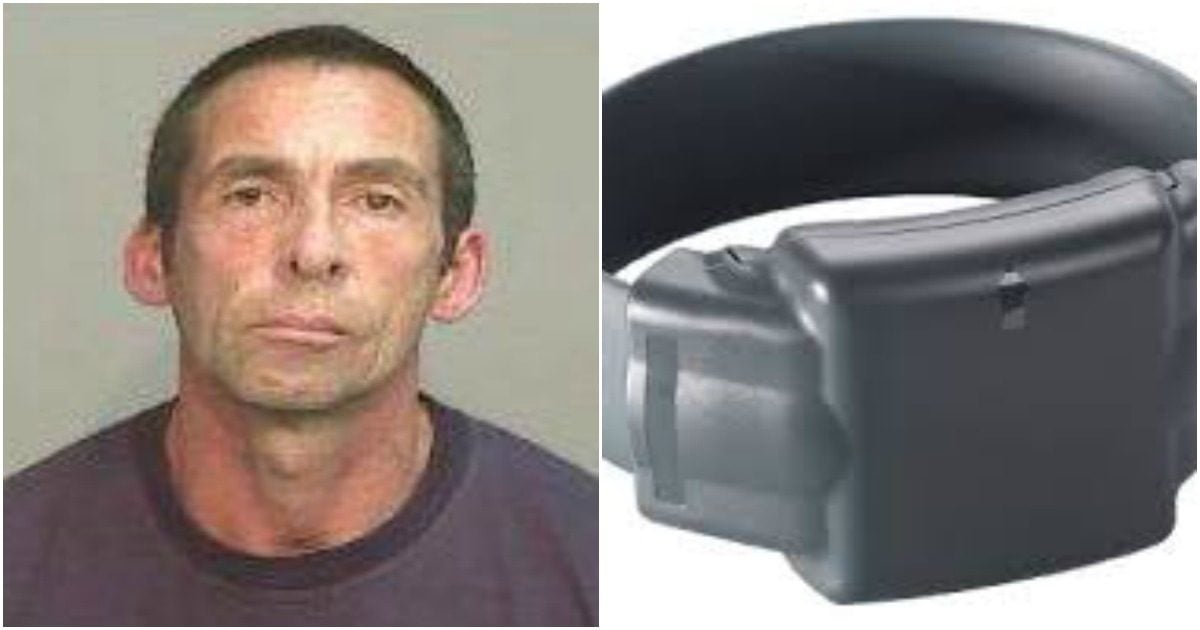
In 2001, Damien Anthony Peters, then in his 30s, murdered and dismembered two of his lovers in his Surry Hills apartment in Sydney’s inner suburbs.
Tereaupii Akai, 50, was stabbed twice in the neck, before his body was cut up and dumped in a council bin.
Eight months later, 57-year-old Bevan James Frost was stabbed to death while getting a massage from Peters. His body was also cut up.
His remains were found in Peter’s bath, while they were investigating Akai’s disappearance.
Peters escape is being covered across all media platforms, as police try to track him down. See below, post continues after video.
Peters told the court that he killed his former flatmates after contracting HIV from Mr Akai and suffering years of mental and physical torture.
He claimed he had tried to leave Mr Akai several times but was always manipulated to stay. His counsel told the court principles of battered wife syndrome applied in this relationship.




























































































